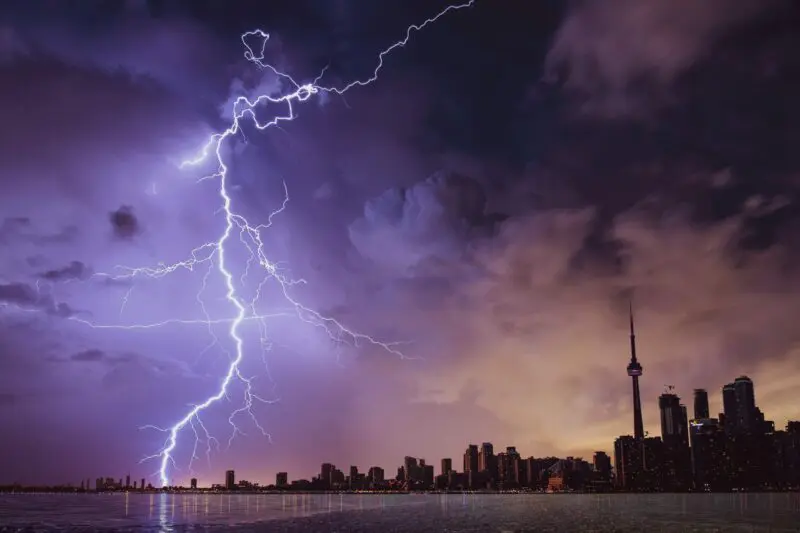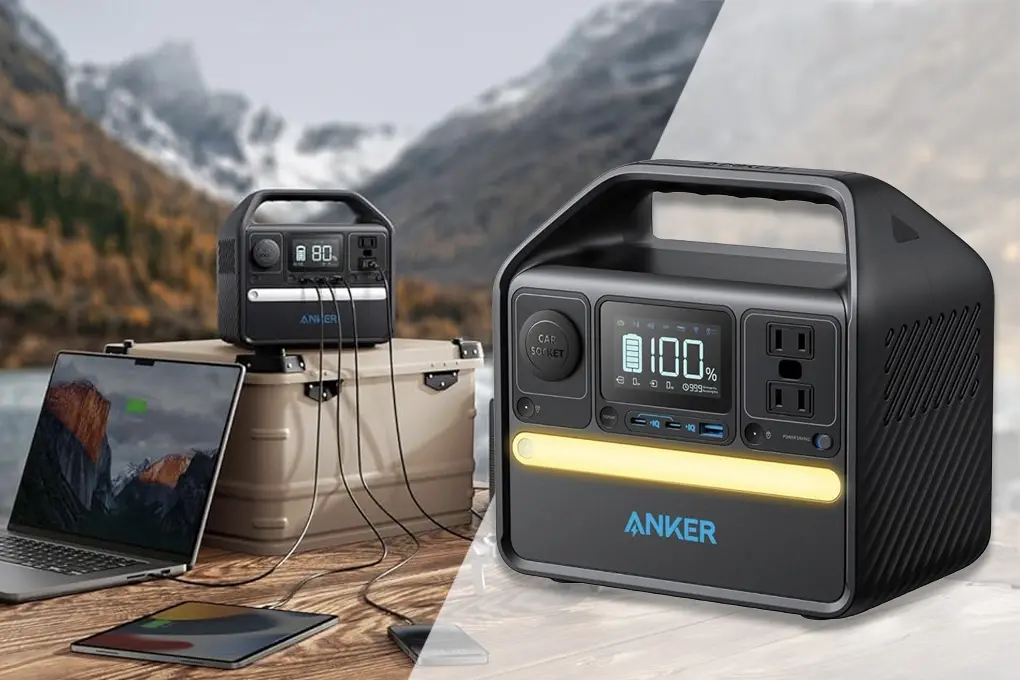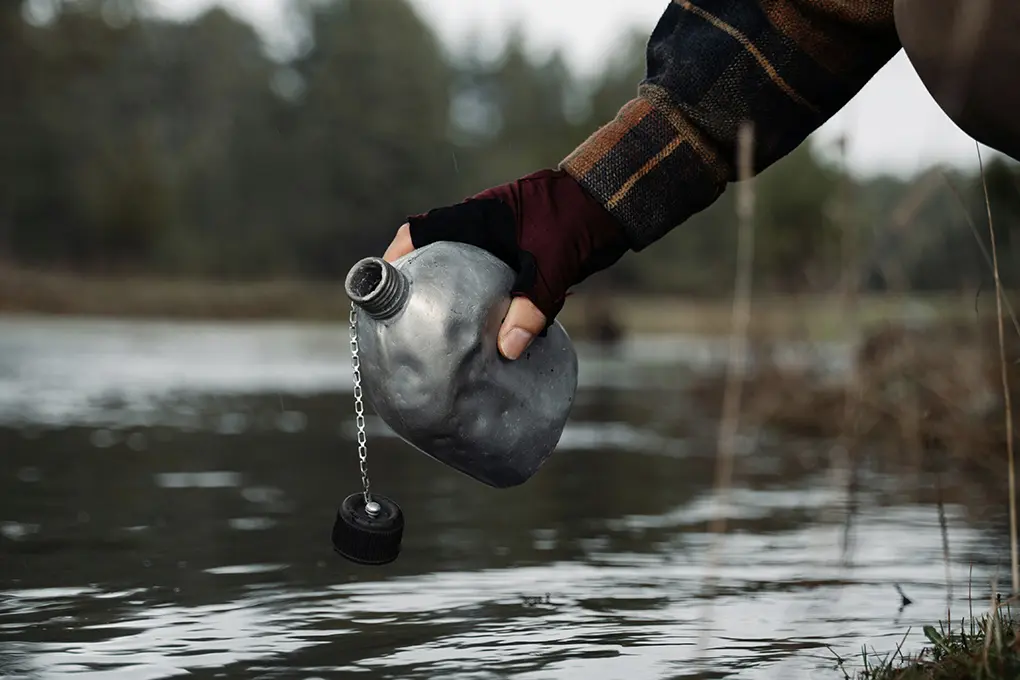In 2024, the United States saw 27 separate weather and climate disasters topping $1 billion each, one of the highest annual totals on record. By mid-2025, losses were already on a record-setting pace, with preliminary tallies placing first-half damages above $100 billion across wildfires, floods, severe storms, and tornadoes, according to emerging analyses summarized by major outlets and risk firms. NOAA’s historical database now catalogs 400-plus billion-dollar disasters since 1980, underscoring how costly and frequent extreme events have become.
Preparedness gaps persist. FEMA’s guidance emphasizes planning for at least 72 hours of self-reliance and keeping a household emergency kit, yet many families still lack a written plan and adequate supplies. At the same time, compounding threats are rising: extreme heat and wildfire smoke, rapid-onset flash flooding, and weather-driven grid outages. Research shows that most major U.S. power outages are caused by weather, and severe weather and outages increasingly coincide across counties, heightening risks for medically vulnerable households and those dependent on powered devices.
This guide closes the preparation gap with practical steps to build a robust family plan, assemble the right supplies, and set up communication checklists tailored to your local hazards. The time to prepare isn’t during a crisis; it’s now—so you can protect your family when minutes matter.
Table of Contents
Be Prepared Before Disaster Strikes
The best time to be prepared was yesterday. The second best time is today. While you may sometimes get weather alerts for snow storms or hurricanes, other emergencies happen without warning. Power outages, tornadoes, earthquakes, wildfires, house fires, and home break-ins can all happen at any time.
Do you have the necessary tools to survive a power outage right now? How about an emergency exit plan for your entire family if you need to evacuate due to a house fire or an impending catastrophic storm?
Next month (September)is National Preparedness Month, which makes it the perfect time to sit down with your family and make an emergency plan. We’ve compiled a list of resources regarding the best supplies to have on hand for disaster preparation. We’ve also generated lists that you can fill out with important information and family disaster planning, so everyone in your household knows what to do in case of an emergency. Print it out and fill it out with everyone you live with. Then keep it in a safe place where it can be easily accessed when needed.
Recommended Disaster Preparation Products
Minimum disaster necessities recommended by the American Red Cross:
-
- Water: 1 gal/person/day
- 3-day supply for evacuation, 2-week supply for home
- Food: non-perishable, easy-to-prepare items
- 3-day supply for evacuation, 2-week supply for home
- Flashlight
- Battery-powered or hand-crank radio
- NOAA Weather Radio, if possible
- Extra batteries of all sizes
- Family first aid kit
- Medications (7-day supply) and medical items
- Multi-purpose tool
- Sanitation and personal hygiene items
- Copies of personal documents
- Medication list and pertinent medical information, proof of address, deed/lease to home, passports, birth certificates, insurance policies
- Cell phone with chargers that will work in the event of a power outage
- Family and emergency contact information
- Extra cash
- Emergency blanket or bivy
- Paper map(s) of the local area
- Water: 1 gal/person/day
Gathering these individual items can feel overwhelming for busy families. For those who want immediate preparedness without the hassle of sourcing each component, the complete 72-hour emergency kit from Emerge Survival provides all the American Red Cross essentials in one ready-to-go package. With over 60 items including the 3-day food and water supplies, first aid, emergency tools, and important document storage, it’s available in 1-person or 2-person configurations to match your family’s evacuation needs.
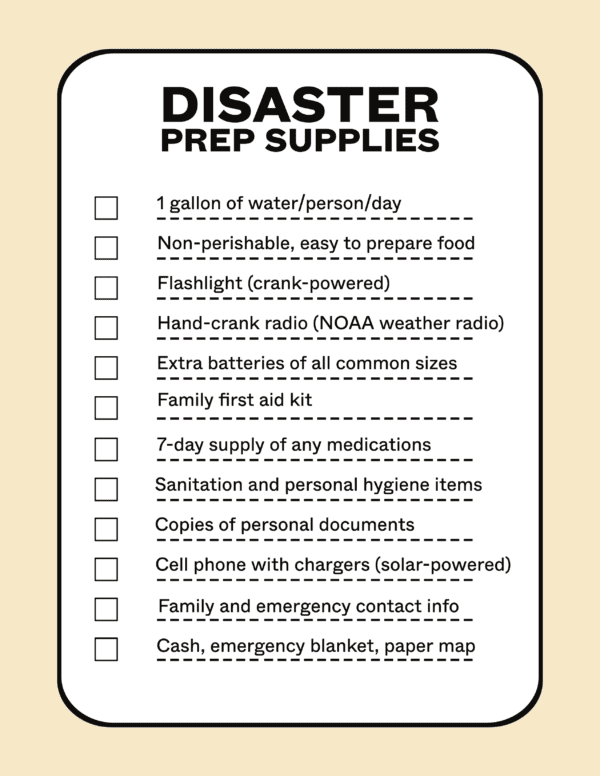
Our Batten experts also recommend having the following products on hand:
-
- (Solar) Power Generator
- Emergency food supply kit (2-week individual supply with 119 servings and 25-year shelf life)
- Emergency Water Container
- Car Emergency Kit
- Pet Emergency Kit
- Low-tech entertainment for kids and pets
The necessity for a family disaster plan and adequate supply resources cannot be overstated, especially considering the increasing frequency and severity of natural disasters globally. With the National Oceanic and Atmospheric Administration reporting a record number of climate-related disasters in 2023, having a well-thought-out plan and the right supplies is essential for family safety. It’s about more than just readiness; it’s about instilling confidence and resilience in your loved ones, ensuring that when disaster strikes, every member knows exactly how to respond, minimizing risk and maximizing safety.
– Eddie Penney Emergency Prep Expert
Supply Organization Table
Use this table to keep track of what you currently have and where it is at home. Keep track of the supplies that you have purchased as you build up your emergency preparation tools so that you buy what you need, when you need it.
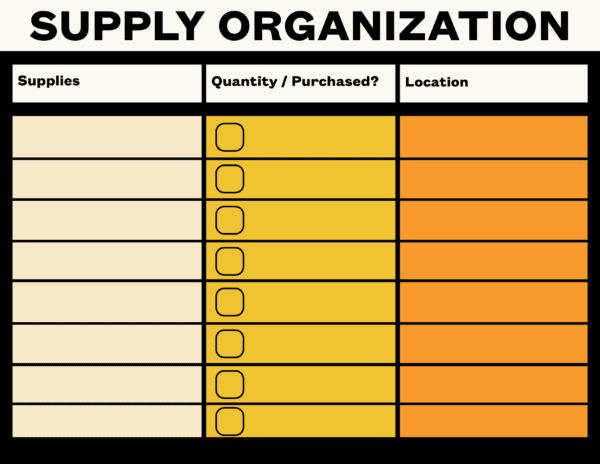
Family Contact Information
Keep this worksheet up-to-date and visible in an accessible location. Create a second copy and put it in your family emergency binder as well.
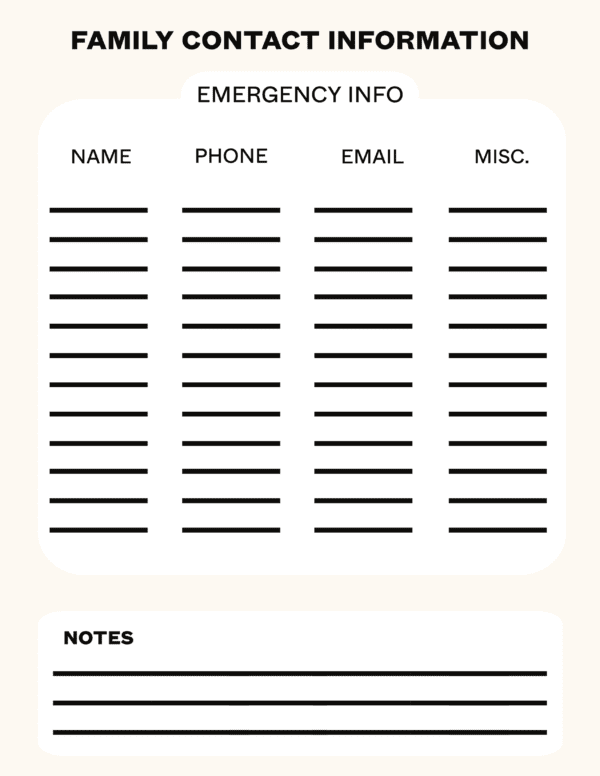
Plan of Action
1. The disasters most likely to affect our household are:
- Hurricanes?
- Tornadoes?
- Tsunamis?
- Nor’easter?
2. What are the escape routes from our home?
- …
- (Consider embedding walking directions below)
3. If separated during an emergency, what is our meeting place near our home?
(Be specific)
4. If we cannot return home or are asked to evacuate, what is our meeting place outside of our neighborhood?
(Be specific)
5. What is our route to get there and an alternate route, if the first route is impassible?
- First Route:
- Second Route:
6. In the event our household is separated or unable to communicate with each other, our emergency contact outside of our immediate area is:
- Name:
- Home Phone:
- Cell Phone:
- Email:
6. If at school/daycare, our child(ren) will be evacuated to:
Child’s Name:
Evacuation Site (address and contact info):
7. Our plan for people in our household with a disability or special need is:
Person’s Name:
Plan:
8. During certain emergencies local authorities may direct us to “shelter in place” in our home. An accessible, safe room where we can go, seal windows, vents and doors and listen to emergency broadcasts for instructions, is:
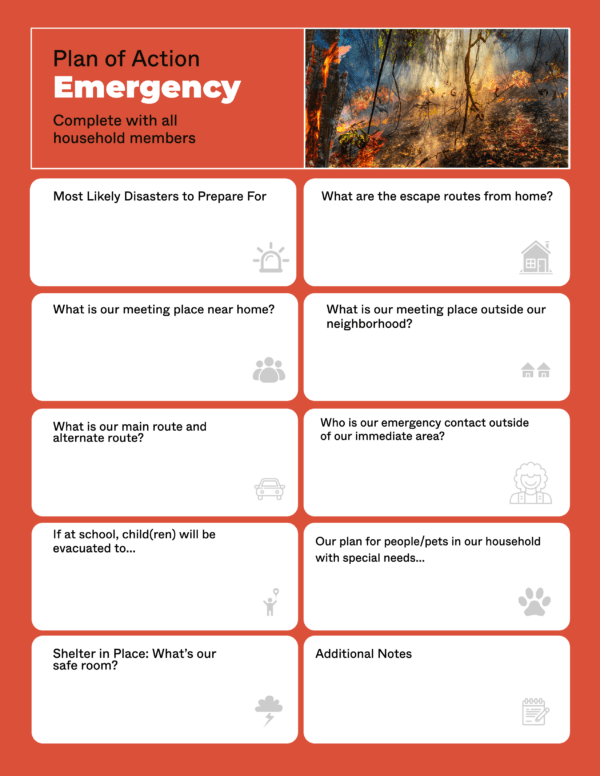
Conclusion: Taking Action Today for Tomorrow’s Security
The statistics and trends we’ve explored paint a clear picture: disaster preparedness isn’t just prudent – it’s essential for modern family security. With weather-related emergencies increasing in frequency and severity, and response times often stretching to 72 hours or more, having a well-thought-out family disaster plan isn’t optional in 2025.
Remember that effective preparation is an ongoing process, not a one-time event. Start by implementing the basics:
- Create and regularly update your family contact information
- Build your emergency supply cache gradually, focusing first on the American Red Cross essentials
- Practice your evacuation routes and meeting points with all family members
- Review and update your plan quarterly, especially as seasons change
While the prospect of disaster planning can feel overwhelming, the peace of mind that comes from being prepared far outweighs the initial investment of time and resources. Consider that every dollar spent on disaster preparedness saves an average of $6 in recovery costs, according to FEMA’s latest assessments. More importantly, proper preparation can mean the difference between chaos and calm when minutes matter most.
Don’t wait for the next severe weather alert or emergency broadcast to start preparing. Gather your family, and begin creating your personalized disaster plan today. After all, the goal isn’t to predict every possible emergency – it’s to ensure your family has the tools, knowledge, and confidence to handle whatever challenges tomorrow might bring.
Looking to build your own custom emergency prep kit? Our custom prep kit builder below is a great resource to get started.
